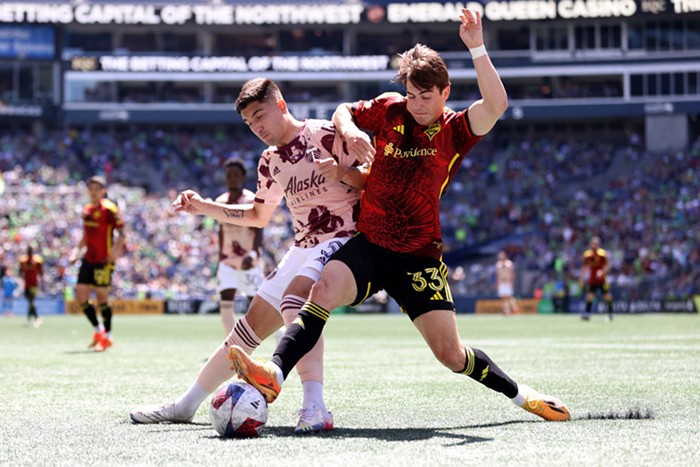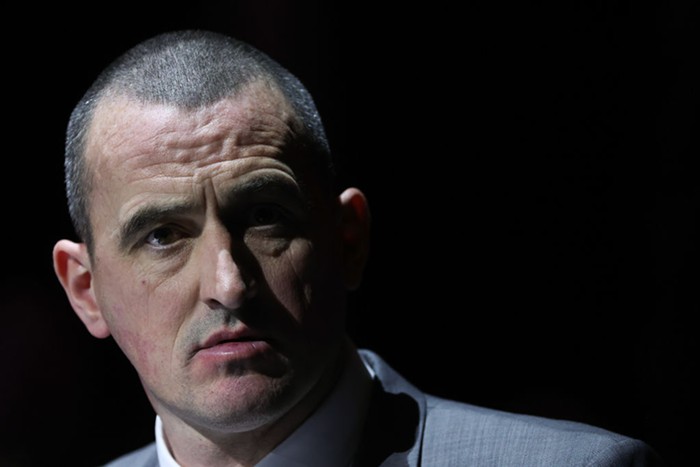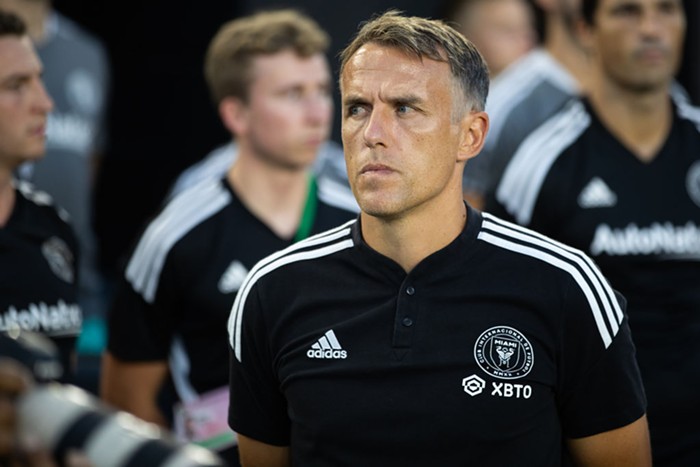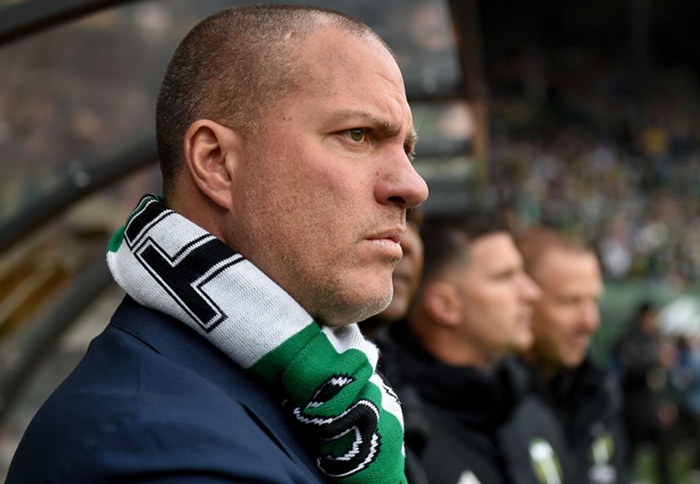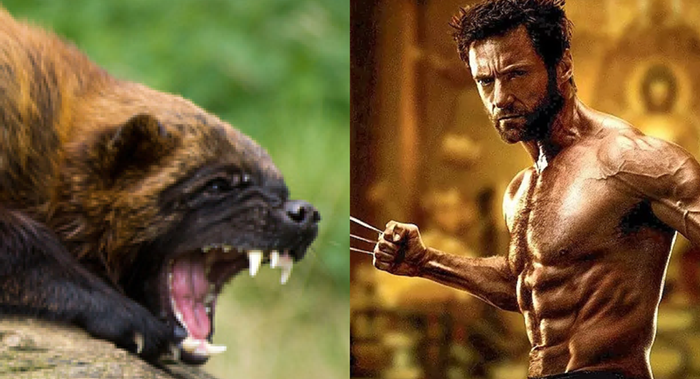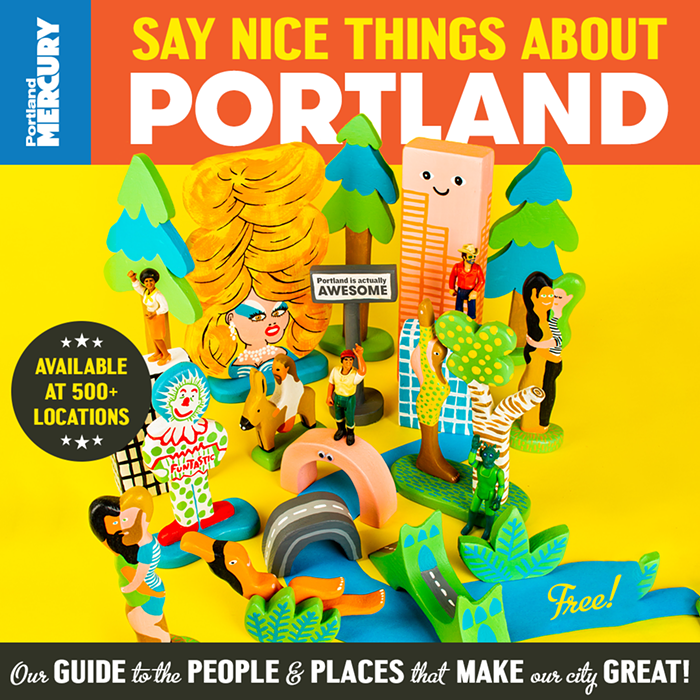THE SCENE: a Saturday afternoon in June when I happily found myself in an enormous bar filled wall to wall with nearly 1,500 loud, excited, boisterous fans—fans of a game that has been around forever, with a unique American history and style. Home team jerseys covered the crowd, with occasional rival colors peeking through, and all eyes focused on either the enormous movie screen-sized projection wall or on any of the dozens of surrounding high-def televisions.
In walked a gaggle of young women out on the town and eager to find a table. A sash draped over one, emblazoned with the word "Bachelorette." Alas, with people packed in like sardines, there was no table and hardly a place to stand. Her friend looked at the screens. Then she looked at the throng. Then she said, in a confused and somewhat horrified voice, "Soccer? Who cares about soccer?"
***
"Who cares about soccer?" is a question that has been pondered for ages by pundits and pessimists outside the soccer world. The real story, however, is that millions of people, millions of Americans, and thousands of Portlanders care deeply about soccer—and not just because the largest and most well-known soccer tournament in the world is going on right now. Soccer in America and, more specifically, soccer in Portland, doesn't have to prove itself as the next "big thing." It's been here—in one form or another—all along.
Going back as far as 1862, soccer—an amalgamation of the original British term "association football"—was being played on the streets of Boston by a bunch of high school kids who founded a small side named Oneida Foot Ball Club. Jim Haner, author of Soccerhead: An Accidental Journey into the Heart of the American Game, writes about how the game grew in popularity in the US throughout the turn of the century and into the 1920s, driven by waves of immigrants—Irish, German, Scottish, Ukrainian, Polish, Italian, and others—and organized by East Coast textile mill factories and cultural community organizations like the Ancient Order of Hibernians. Wars, the Great Depression, numerous decentralized leagues, and even some chicanery from fledgling baseball owners looking to protect their turf made a dent in its growth. Despite this, soccer soldiered on in the States.
Bob Kellett, a long-time fan of the Timbers—both the original North American Soccer League (NASL) version and the modern-day edition—remembers that when he was young, soccer was out there, but it was tough to find.
"Back when I was growing up in the '70s, the only soccer coverage I ever saw was a show on PBS called Soccer Made in Germany. Occasionally you might find highlights of the World Cup on Wide World of Sports—but you really had to seek out the sport," he says.
But something else was also happening at this point. Along with NASL starting its meteoric (though short-lived) rise with world-class stars like Pelé, Franz Beckenbauer, and Johan Cruyff, in 1972 President Richard Nixon signed into law Title IX, which gave equal footing to female athletic programs across the country. Soccer‚ with its low cost for equipment and required high numbers of players‚ became an easy addition, and college programs rushed to comply by adding women's soccer teams. Youth programs sprouted up everywhere. The US Youth Soccer Association was founded in 1974 with just over 100,000 registered members. Today, it registers more than 3.2 million boys and girls annually. In 2006, FIFA‚ the international governing body for soccer‚ commissioned something they called "The Big Count," which tallied registered soccer players, unregistered players, professional players, futsal players (a popular indoor version of the game with a smaller ball), beach soccer players (yes, they even have their own World Cup), and referees worldwide. They came up with 24 million players in the US, second only to China overall but first in the world in number of female and youth players.
Here in Portland, similar seeds were being planted.
"Historically, soccer came to Portland at the right time," Kellett remembers. "In the mid-'70s‚ the city was ready to embrace another major league sports team. The players who played for the NASL Timbers were easy to love. Many, such as Clive Charles, stayed in the area and helped the sport grow. The kids that they influenced back then are the ones who are taking their own kids to the Timbers games today."
As Bruce Eaton, another long-time Timbers fan, writer, and webmaster of the soccer site thewoodwork.org puts it, "The original Timbers immediately infused themselves into the community."
Along with Charles, whose number is retired at PGE Park and who helped build the University of Portland's soccer teams into one of the best and most respected collegiate programs in the country, ex-Timber Jimmy Conway became a coach at Oregon State University, and Bernie Fagan is still head coach at Warner Pacific College, with many other veterans working and coaching throughout the Oregon youth ranks. And it's not just about kids: The Oregon Adult Soccer Association currently boasts 14 officially affiliated leagues and counting—to say nothing of numerous unaffiliated leagues throughout the state.
***
Still, there are those who would argue that soccer will never be big like the NBA, NFL, or Major League Baseball (MLB). But Portland Timbers owner Merritt Paulson acknowledges that the game—Major League Soccer (MLS) or otherwise—doesn't really have to. "There is no divine right that every sport has to be in the Big Three. In the 1950s, the big three sports in America were baseball, horse racing, and boxing—and that's certainly changed."
Bruce Eaton agrees. "It's really an unrealistic expect-ation. Unrealistic expectations are bad for business. If you look at US sports, you can see that money, TV revenue, and advertising opportunities drive the games. NFL, NBA, and MLB all have tremendous success and they all feature long breaks in the action, timeouts, [and] adverts. The free-flowing games [of] hockey and soccer struggle within the ad revenue business model."
And yet homes, bars, health clubs, coffee shops, cafés, and public squares across the city of Portland have seen hundreds if not thousands of people gather to watch games of the World Cup. The recent Timbers match against the Seattle Sounders drew a sellout crowd of 15,422 to a game that some say is the best soccer rivalry in North America. So why here?
Paulson, a man who is investing heavily into this market and was bullish on the prospects of an MLS franchise succeeding here, says, "Portland is a unique market for soccer and more so than the average city. With good reason: The seeds were sown during the NASL years and Portland is progressive, a little bit European, a little bit counterculture. All of that plays well with soccer."
Eaton also points out that Portland's hometown athletic companies play a big part, along with the city's unique sense of self.
"Nike and Adidas both invested heavily in the game and both have a massive presence in Portland," he says. "In addition, Portland's residents, more than most cities, detach themselves from the mindless flag-waving NFL patriot identity and embrace their mostly European roots. We travel. We read. We cook. We care."
The days of hoping for glimpses of soccer on PBS or Wide World of Sports are long gone, due to the presence of news on the internet and numerous games on cable/satellite television.
The cliché about living in an interconnected world is definitely true when it comes to soccer, says Kellett. "On any given weekend throughout the year I can turn on the television and watch soccer games from the US, UK, Spain, Italy, Mexico, and Germany. I can follow teams and players from all over the world on the internet." He goes on to say, "It doesn't matter whether or not [mainstream press] covers the sport. I can get what I need in terms of coverage."
This technological ease of access to the game for diehard and new fans alike gives people a chance to really delve into the nuances, details, and colorful characters of the game. Moreover, at its core, it's a pretty affordable game to play without huge investments in heavy equipment for players—whether they be kids or adults.
Challenges certainly remain. With 2011 arriving, the Timbers will be transforming into a MLS franchise. With that comes greater players and a bigger stadium, but also greater costs. Eaton, ever an observer, points out that nationally, "Markets have grown and embraced the game. US soccer has produced more and better players than ever before... MLS and the sport could increase all of their measurables four-fold and they would still be the fifth team sport on the continent."
Is that enough? For the millions of fans tuning in to watch the World Cup final on Sunday, July 11 and the friendly screaming hordes attending Timbers matches, the happy answer is most certainly.
"There's a ton of growth left for soccer, but it is no longer about when it will happen or how," as Paulson succinctly puts it. "It is beyond relevant."

